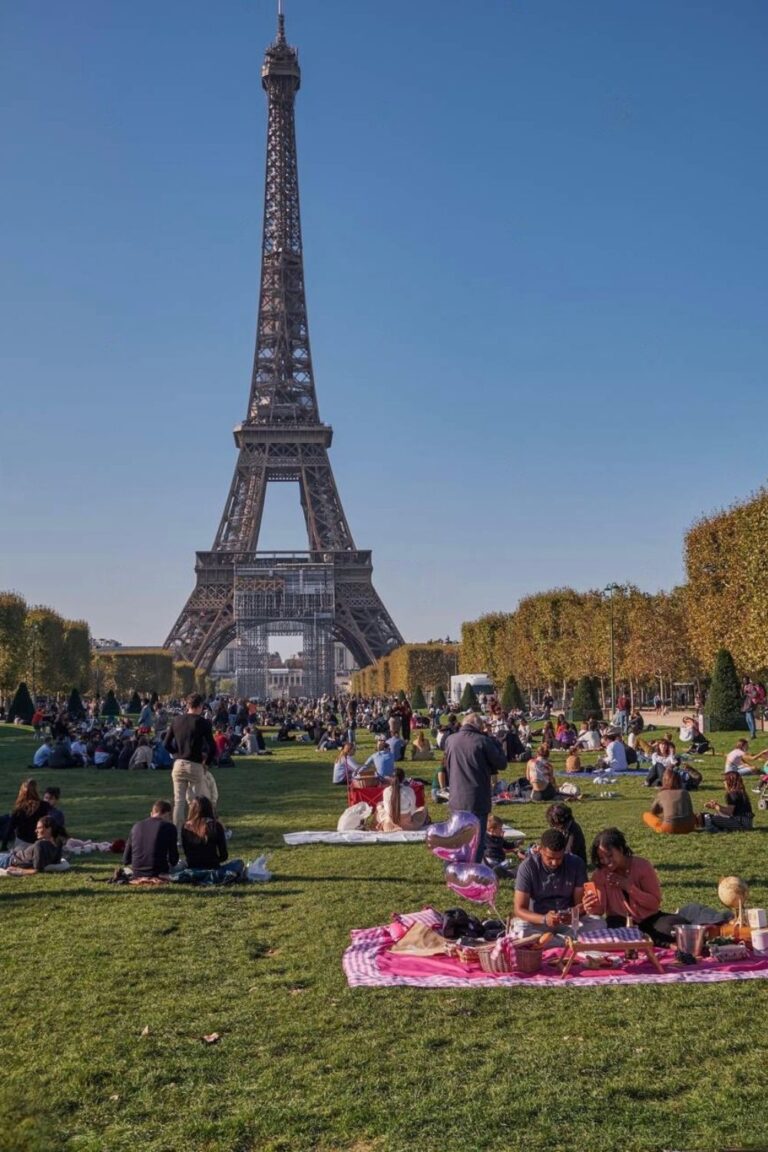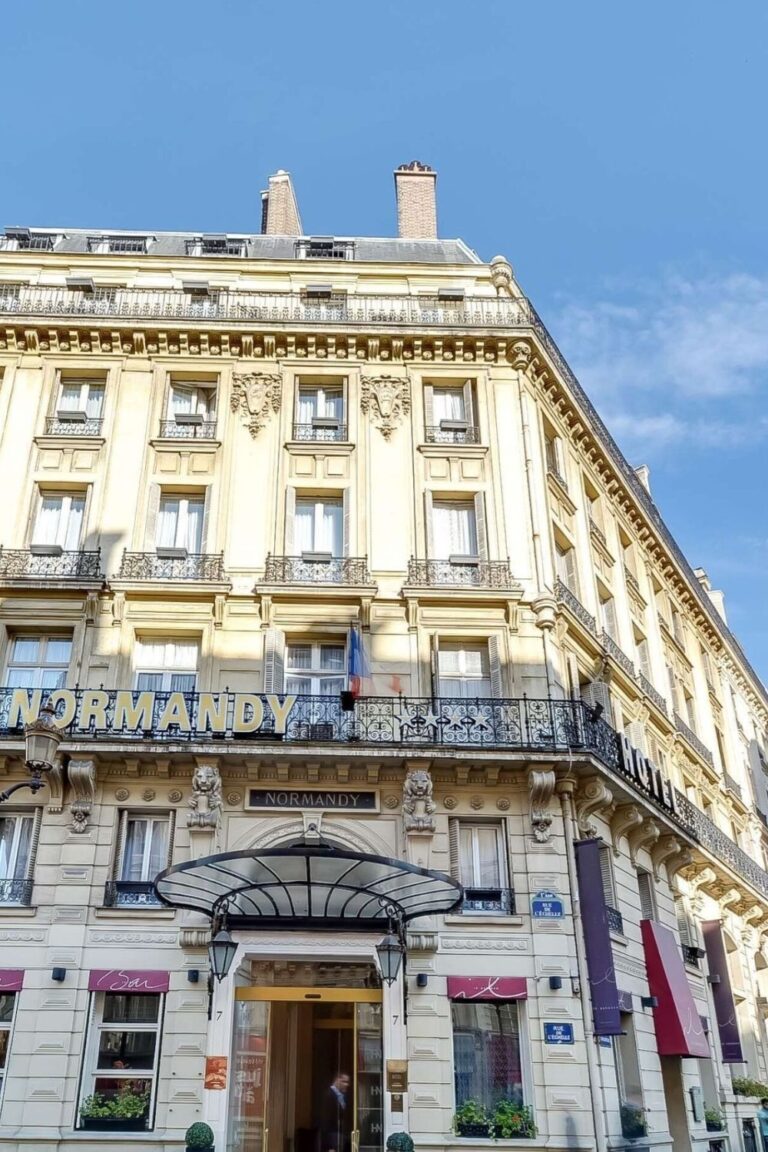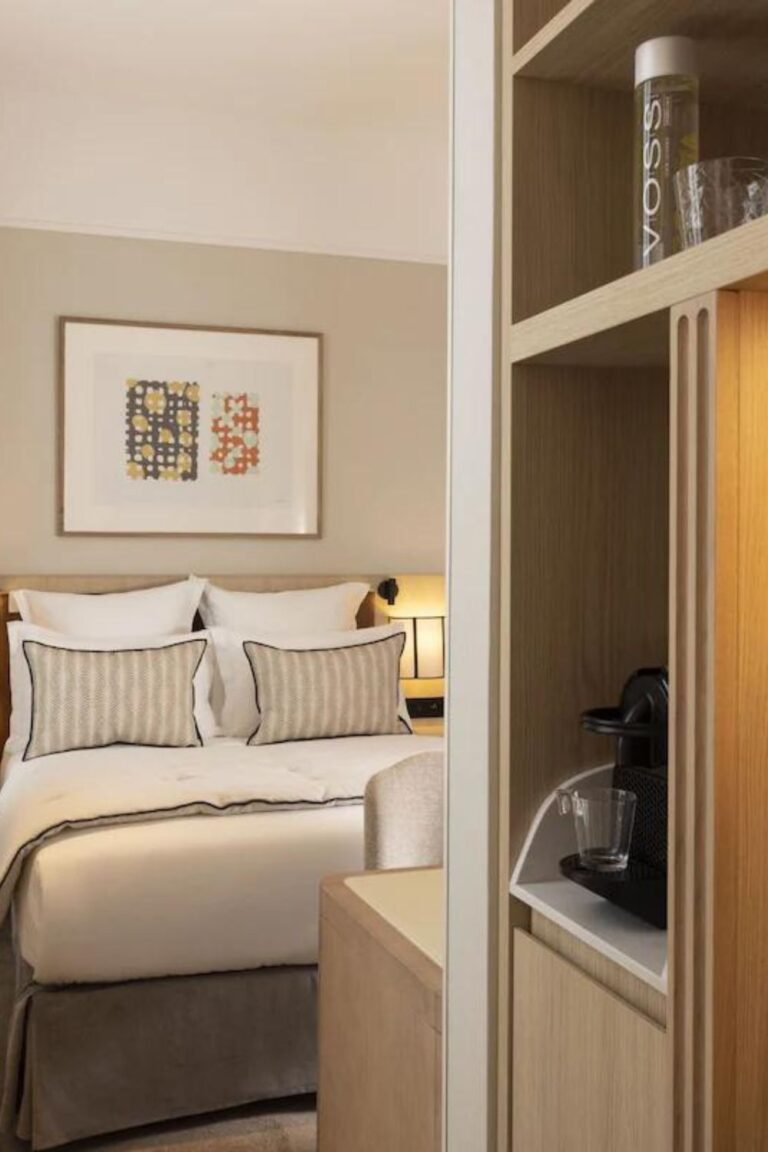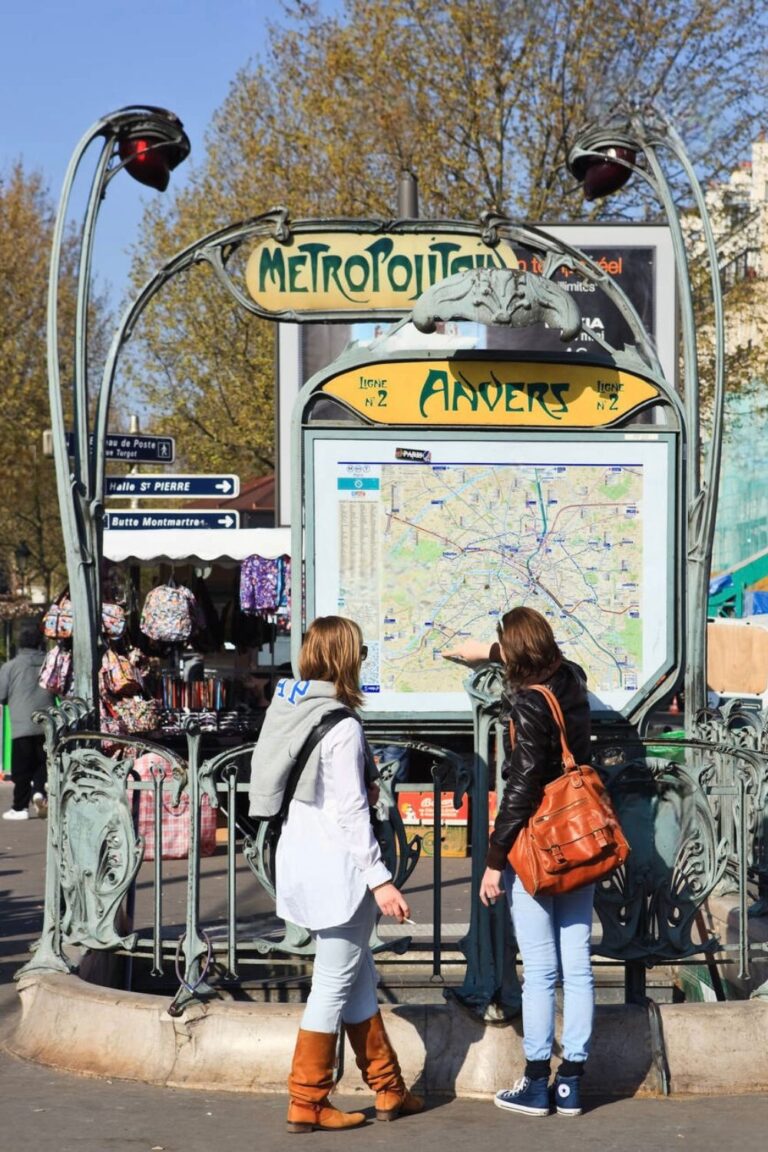How to Use the Paris Metro Like a Local
Last Updated on October 10, 2024 by April Nicole
Psst! This blog post about how to use the Paris metro contains affiliate links in it which sends me a bit of extra money if you use them… at no extra cost to you. For more info, see the Disclosure Policy. Merci!
Traveling to Paris? Click here to download your free Paris Travel Guide. We’ll help you get ready for your trip!
Navigating public transportation in a bustling city like Paris can be daunting, especially for first-time visitors.
Understanding how to use the Paris Metro in 2024 is essential for a seamless travel experience. From purchasing Paris Metro tickets to deciphering the complex network of lines, the process can be overwhelming.
My journey to mastering the Paris metro began years ago during my first visit to the City of Lights. I vividly remember the confusion and frustration of navigating the system without guidance.
Through trial and error, I learned the ins and outs of the metro, and now, as a frequent traveler to Paris, I have become an expert in maneuvering this extensive network.
This guide will provide you with all the necessary information to confidently use the Paris metro, ensuring a stress-free and efficient way to explore the city. Whether you’re a tourist or a new resident, these tips will transform your Parisian transit experience.
If you are in a hurry, here’s a summary of how to use the Paris metro:
How to Use the Metro in Paris
Both residents and tourists can travel to any area of the city with ease and at a reasonable cost thanks to the underground train system. Many first-time visitors to Paris find the metro system to be intimidating. I’m providing you with a guide today to make sure you can easily navigate the Paris metro.
Related: Paris First Time Visitors Guide

Many people, I find, find the thought of taking public transit overseas daunting, particularly when it’s conducted in a foreign language! All the essential details you require about the Paris metro, including what it is, how it operates, which pass to buy, and where to get tickets, are provided in this post.
In order to help you confidently navigate one of Europe’s best metro systems, I’ll also share some of my tried-and-true advice.
What is the Metro in Paris
The first Paris Métropolitain (or simply Métro) line opened in 1900, in time for the World’s Fair, making it one of the oldest subway systems in the world. Presently, the metro system comprises 16 interconnected lines, all assigned numbers, and moves more than 4 million passengers daily! Built beneath the city of Paris, this vast public transit network reaches neighboring suburban areas of the city.
Since there are more than 300 Paris metro stations, the system is densely populated, making it ideal for getting you as close to your destination as possible. In my opinion, one of the most effective, dependable, and reasonably priced subway systems is the Paris metro.
It’s vital to remember that the RATP, or Paris public transportation system, consists of the metro (subterranean subway), buses, RER Paris regional trains (which function similarly to metro trains), and trains.

Paris Metro Zones
Paris’s public transport system is based on a “zone” system. There are five transportation fare zones in the city and its environs (not the twenty arrondissements or neighborhoods!). It’s crucial to remember that the metro zones are primarily used for travel passes. Or if you’d prefer to use a mode of transportation other than the Paris metro, such as buses or RER trains. The vast majority of stations are located in zone 1 of the Paris metro subway, which only runs in zones 1-3.
Zones 1-3
The majority of Paris’s top tourist destinations are located in zones 1-3. Most guests won’t even venture outside of zone 1. The majority of hotels, the Louvre, the Musée d’Orsay, the Arc de Triomphe, and the Eiffel Tower are all located here.
Zones 4
Orly Airport and Chateau Versailles are located in Zone 4. There is no underground Paris metro service to these locations. You will need to take the RER train to Versailles-Rive Gauche in order to travel to Versailles. You must take the RER train to Antony and then the OrlyVal train (the airport’s dedicated automated train) in order to get to Orly Airport.
Zone 5
Disneyland Paris and Charles de Gaulle Airport are located in Zone 5. You must take the RER train to either Aéroport Charles de Gaulle 2 (terminal 2) or Aéroport Charles de Gaulle 1 (terminals 1 & 3), in order to get to CDG Airport.
The RER train to Marne-la-Vallée — Chessy is the route you need to take to get to Disneyland Paris.

Paris Metro Passes
The RATP network is so extensive that there are several possibilities for public transit passes. The travel passes to Paris listed below are the ones I would suggest most to tourists. Sadly, unlike in other cities, you cannot just touch to pay with your credit card on the Paris metro—this is perhaps the single significant drawback of the system. You will have to buy a pass of some kind.
Single Tickets
Purchasing a single ticket, sometimes known as a t+ ticket, is among the easiest ways to travel the Paris metro. For €2,10, a single ticket allows you to ride the Montmartre funicular and go to any metro station in any zone, including transfers. These were once offered as little paper tickets that could be bought in a carnet—a package of ten—for a modest discount, but the paper tickets are being phased away. In the event that you want to utilize paper tickets, you will have to physically place the ticket into the gate; after it has been validated, the doors will open, and you will need to carry it with you.
Navigo Easy Pass
The Navigo Easy Pass is by far the best choice for visitors to Paris, since paper tickets are gradually being phased out. It’s comparable to a SmarTrip card in Washington, DC, or an Oyster card in London. You may use this refillable and reusable plastic metro card to replace your paper tickets. It is available for €2; after that, you may add a single ticket or, at a discounted price, a digital packet of ten tickets.
You will open the gate by tapping these passes at the gate. Your Navigo Easy Card must be obtained at an attendant-staffed counter at a major rail station, metro station, or CDG airport. Additionally, any of the purple kiosks you see at metro stations allow you to replenish your pass with a credit card.
A Navigo Easy pass cannot be shared by more than one person on the same trip. Additionally, you will need a different ticket in order to use the RER to the airport, Versailles, or Disneyland Paris. Those tickets are available for purchase at the RER station.
Navigo Decouverte Pass
Although this is a bit of a difficult pass, under the correct circumstances you can get a lot of value. The Navigo Decouverte is a refillable, reusable plastic metro card, much as the Easy Pass. The distinction is that this card offers an unlimited weekly access to all RER trains, buses, trams, and the Paris metro. It costs €30 per week and includes transportation to CDG, Disneyland Paris, and Versailles.
The caveat is that coverage is only available from Monday at 12:01 AM to Sunday at 11:59 PM, regardless of when you buy a weekly ticket. You cannot use the pass for the current week if you purchase it after Thursday at midnight. This pass has to be bought at a booth manned by an attendant, same like the Easy Pass. You will need to carry a tiny passport picture with you or use one of the station’s photo booths since it costs €5 and needs one, which is another challenging component. As I said earlier, this pass is intricate, but if your trip dates coincide and you don’t mind the additional steps, it might be a great value.
Paris Visite Pass
The Paris Visite Pass is a multi-day pass designed exclusively for tourists that provides limitless public transportation for 1, 2, 3, or 5 days in a row on the Paris metro, RER, and buses. You have to choose how many days you want to spend in each zone (zones 1-3 or all zones). This can be a great deal, depending on how much you plan to use public transportation! For children, they also provide discounted passes. These are paper passes that can be bought at ticket booths or kiosks found in train stations, airports, tourist offices, and metro and RER stations.
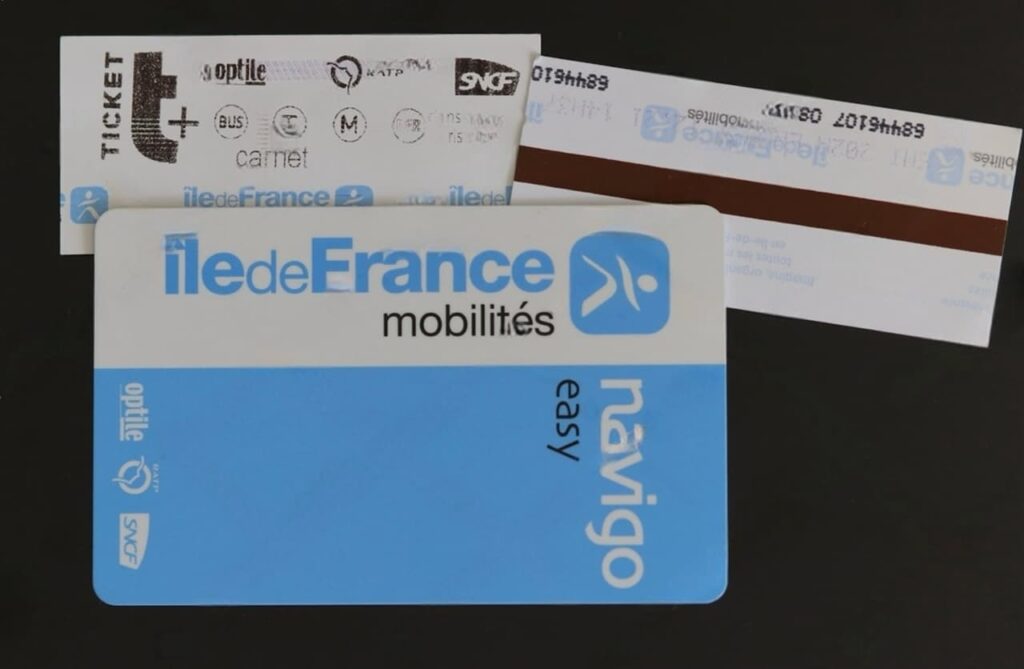
Where to Buy Metro Tickets in Paris
Metro tickets and passes can be purchased at:
- Paris metro stations
- RER stations
- Train stations (Gare du Nord, Gare de l’Est, Gare de Lyon, Gare d’Austerlitz, Gare Montparnasse, Gare Saint-Lazare)
- Airports (CDG and Orly)
Note that travel cards such as the Easy Pass and Decouverte may be topped up at a kiosk, but they must first be bought at a ticket counter operated by staff within the stations. The majority of automated ticket kiosks still sell paper tickets. You may always buy your ticket(s) or pass using a credit card.
Paris Metro Tips
Hold onto your paper ticket
Until your journey is over and you completely exit the metro station, you must have your printed ticket with you. Police examine passenger fares on a regular basis. Therefore, make sure you always have your evidence of payment on hand to avoid being fined. Many tourists I know have been caught by surprise by this often disregarded guideline! This is just another justification for getting the Navigo Easy Pass.
Kids don’t always travel free
While children under 4 ride free, children 4-10 can ride at a 50% discount. Keep in mind that children must have their own paper ticket or Navigo Easy pass when traveling with you.
Know the Paris metro operating hours
Every day from 5:30 AM until 1:15 AM, the Paris metro is open. It’s open till 2:15 AM on Friday and Saturday evenings. 8 a.m. to 9 a.m. and 6 p.m. to 7:30 p.m. are when the Paris metro is typically busy.
Keep an eye on your things
As in most large cities, proceed with caution and good judgment. Important items like wallets and phones should be in your front pocket or bag along with your personal belongings, which should be zipped up and in front of you. Not just on the train itself, but throughout your entire metro experience, you should abide by this.
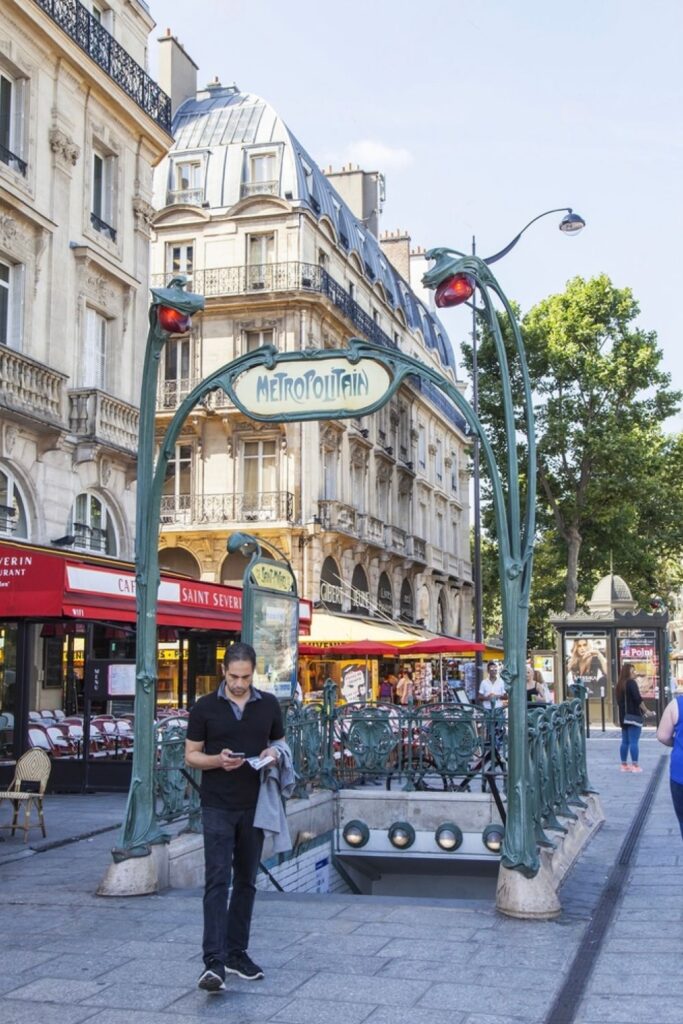
Visit the iconic Art Nouveau metro entrances
Seeing one of the recognizable and storied Art Nouveau metro entrances is always such a treat. French architect Hector Guimard was commissioned at the turn of the century to create these visually stunning entrances to the city’s brand-new metro system. There are still 86 today. Saint-Michel–Notre-Dame, Cité, and the Palais Royal–Musée-du-Louvre are a few of my favorites.
You might need to open the door yourself
To board and exit the majority of metro vehicles, you will have to manually open the door. There are very few lines with automated doors! Observe how others do it when you’re first starting out. It’s really simple!
I hope this post proves to be useful for your upcoming trip to Paris!




